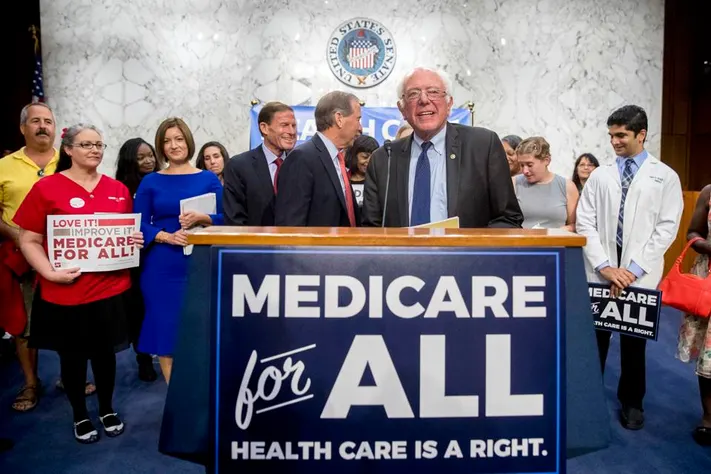The Future of Health Care Reform in the U.S.
Health care reform remains one of the most complex and divisive issues in American politics. Over the past few decades, the United States has made significant efforts to improve access, reduce costs, and increase the quality of care—but many challenges still remain. As the system continues to evolve, the future of health care reform in the U.S. will likely shape the lives of millions of Americans for generations to come.
A History of Incremental Change
Unlike many other developed nations, the U.S. has never adopted a single, unified health care system. Instead, reforms have come gradually, often through major legislation. Key milestones include:
-
Medicare and Medicaid (1965): Established health coverage for seniors and low-income individuals
-
The Affordable Care Act (2010): Expanded Medicaid, created health insurance marketplaces, and prohibited denial of coverage for pre-existing conditions
-
American Rescue Plan (2021): Temporarily increased subsidies for health insurance and expanded Medicaid funding
While these reforms brought coverage to millions, tens of millions of Americans remain uninsured or underinsured, and many still struggle with the high cost of care.
Key Issues Driving Future Reform
Several urgent concerns are pushing health care reform to the top of the national agenda:
-
Rising health care costs: The U.S. spends more on health care per person than any other country, yet outcomes often lag behind
-
Access and equity: Millions still lack affordable coverage, especially in states that have not expanded Medicaid
-
Aging population: As Baby Boomers retire, Medicare faces financial pressure and demand for long-term care is increasing
-
Mental health and addiction: The opioid crisis and rising mental health needs require better integration of behavioral health services
-
Health disparities: Racial and economic inequalities persist in access to care and health outcomes
Proposed Paths Forward
There is no single solution to reforming American health care, but several ideas are being debated:
-
Medicare for All: A single-payer system that would replace private insurance with government-funded coverage for all
-
Public Option: A government-run insurance plan that competes with private plans on the ACA marketplace
-
Medicare Expansion: Lowering the eligibility age to 60 or offering Medicare buy-in options
-
State-Level Innovation: Some states are exploring their own health care models, including universal coverage programs
-
Health Equity Initiatives: Policies focused on reducing disparities in care for underserved communities
Each proposal comes with its own set of political, financial, and logistical challenges, and consensus remains difficult to achieve.
Technology and Innovation
Advancements in digital health, artificial intelligence, telemedicine, and personalized medicine are likely to play a major role in shaping the future of care delivery. Technology may improve access, reduce costs, and help patients manage chronic conditions more effectively. However, the digital divide and privacy concerns must be addressed to ensure equitable access for all populations.
The Role of Politics
Health care reform in the U.S. is deeply influenced by political dynamics. Shifts in Congressional control, court rulings, and public opinion all affect the direction of policy. Bipartisan support is rare, and even widely supported reforms often stall due to lobbying from the insurance, pharmaceutical, and hospital industries.
Conclusion
The future of health care reform in the United States is uncertain but crucial. Americans are demanding a system that is more affordable, more equitable, and more efficient. While there may not be a one-size-fits-all solution, the coming years will likely bring continued debate, experimentation, and—hopefully—progress toward a system that works better for everyone.
